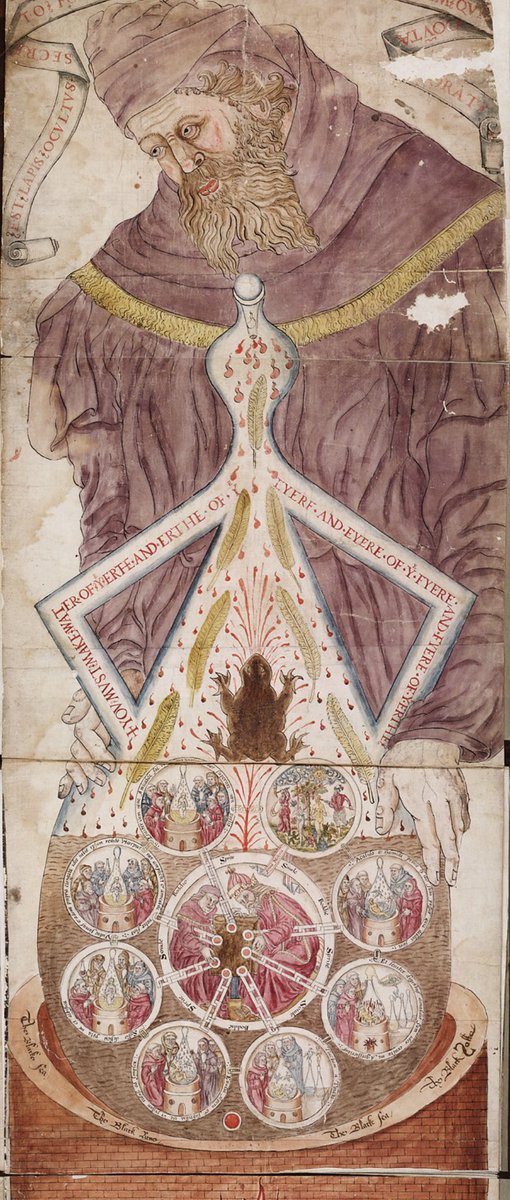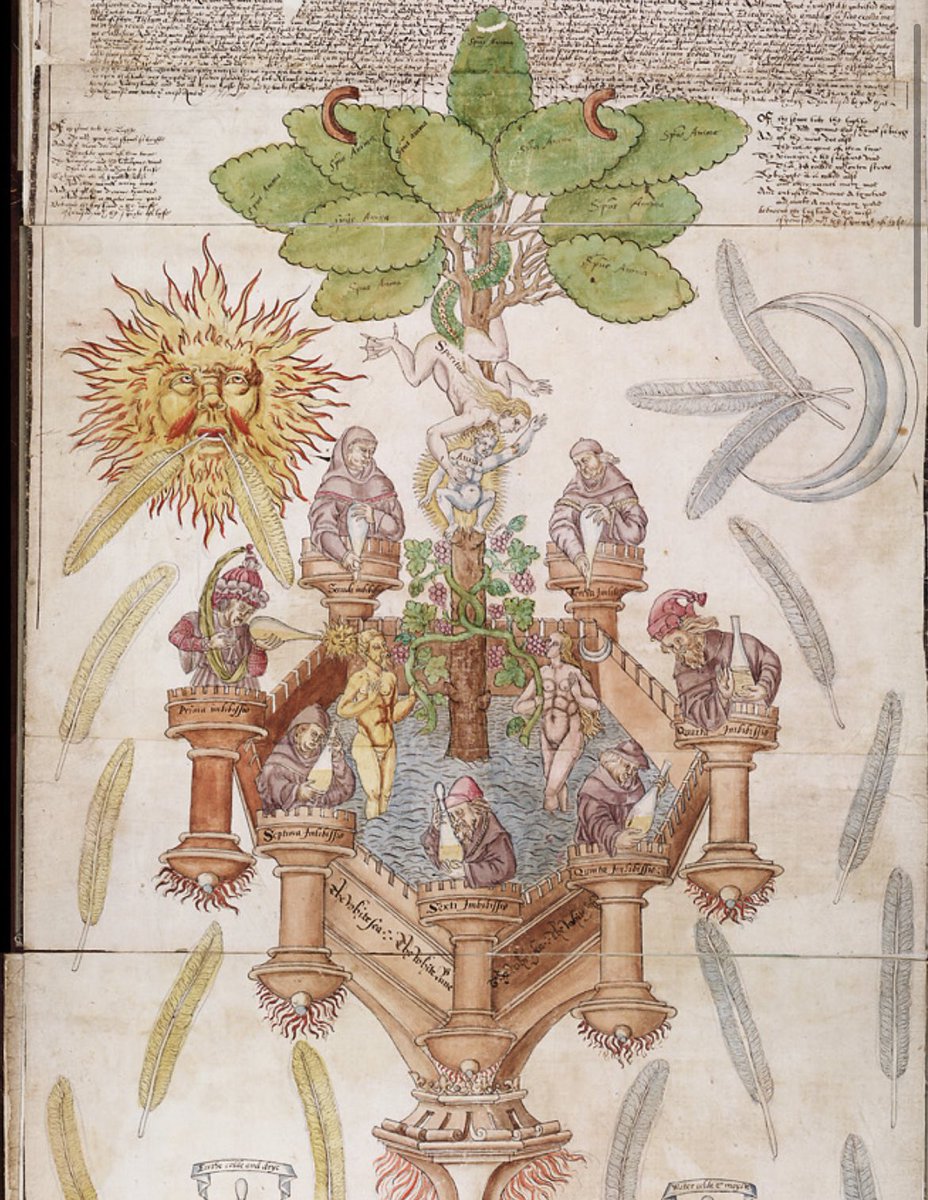The long awaited next installment in my livestock breed guide: pigs!
Breed 1: the duroc pig
Notable for their flavorful pork, these reddish pigs are among the oldest commercial pig breeds and are popular for mixed breeding. Benefits include lack of aggression and large size.



Breed 1: the duroc pig
Notable for their flavorful pork, these reddish pigs are among the oldest commercial pig breeds and are popular for mixed breeding. Benefits include lack of aggression and large size.
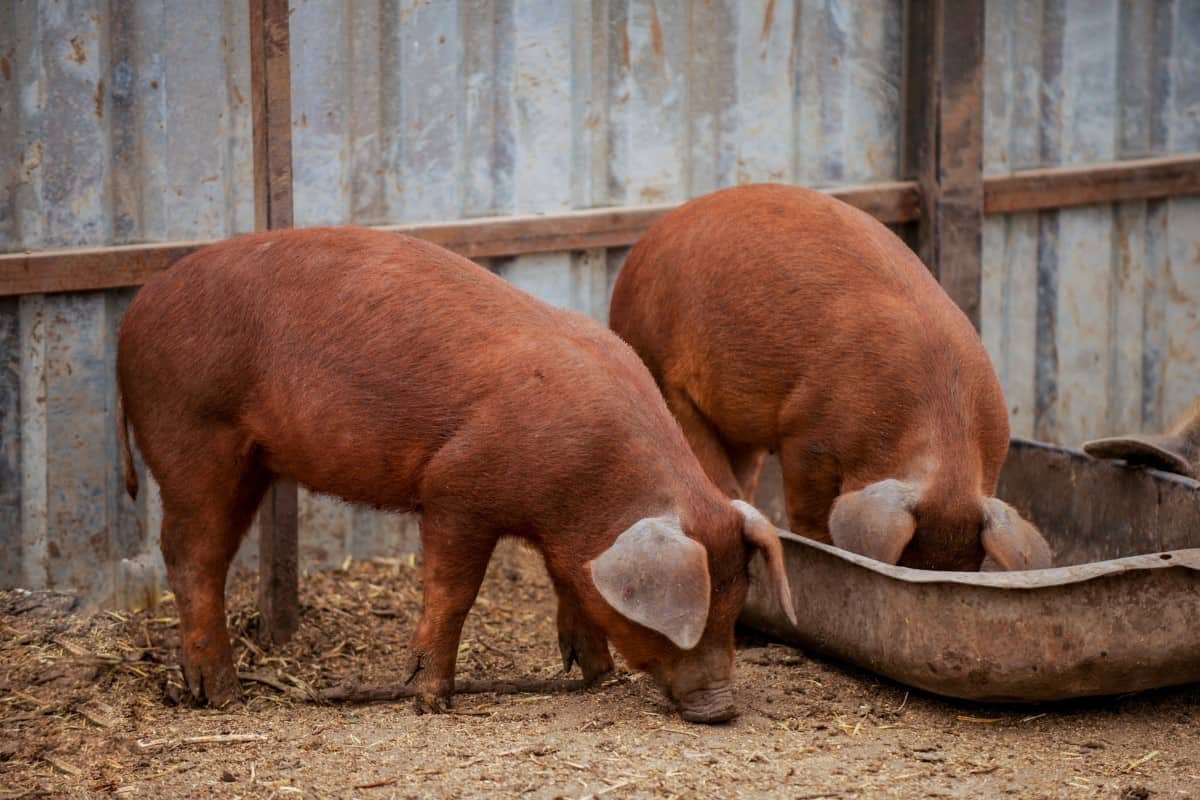

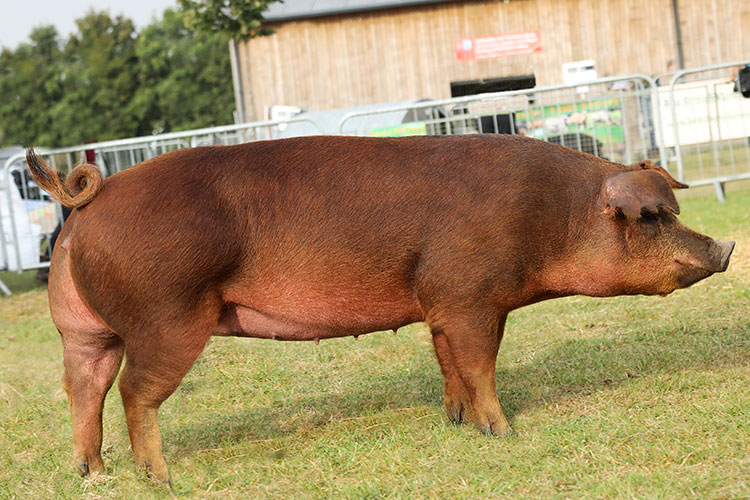
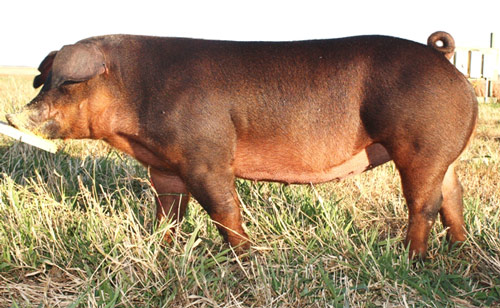
Breed 2: American Yorkshire
The classic "pink pig," the American Yorkshire remains America's most popular swine. Large and fast growing, pork production is possible with a smaller group and their hair will not stain the pork as it is light. They are good for breeding.



The classic "pink pig," the American Yorkshire remains America's most popular swine. Large and fast growing, pork production is possible with a smaller group and their hair will not stain the pork as it is light. They are good for breeding.

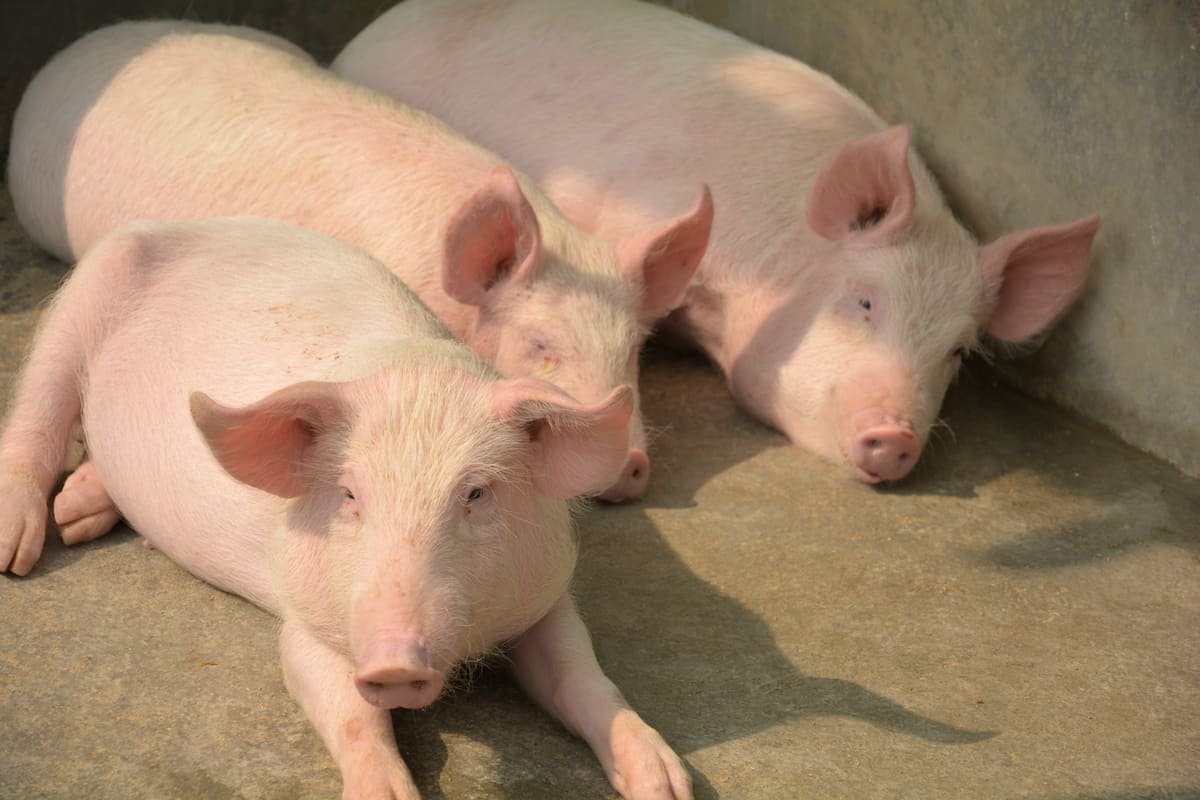
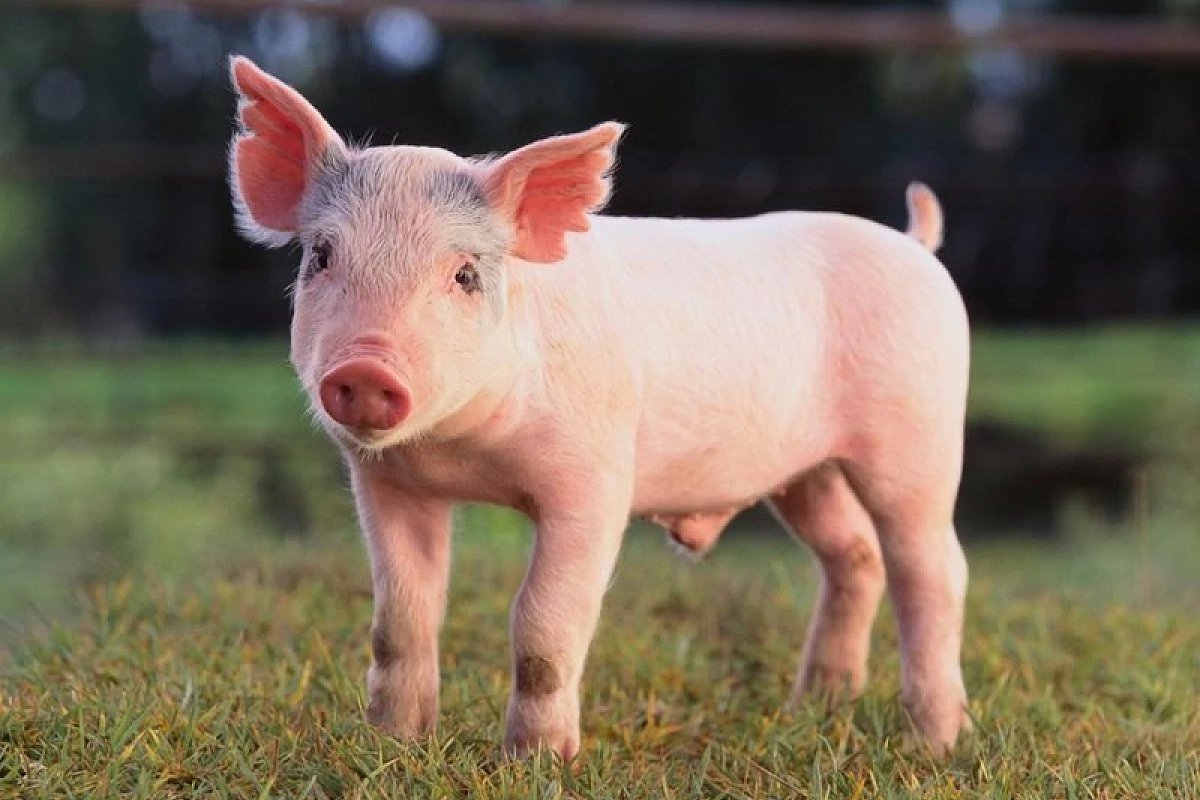
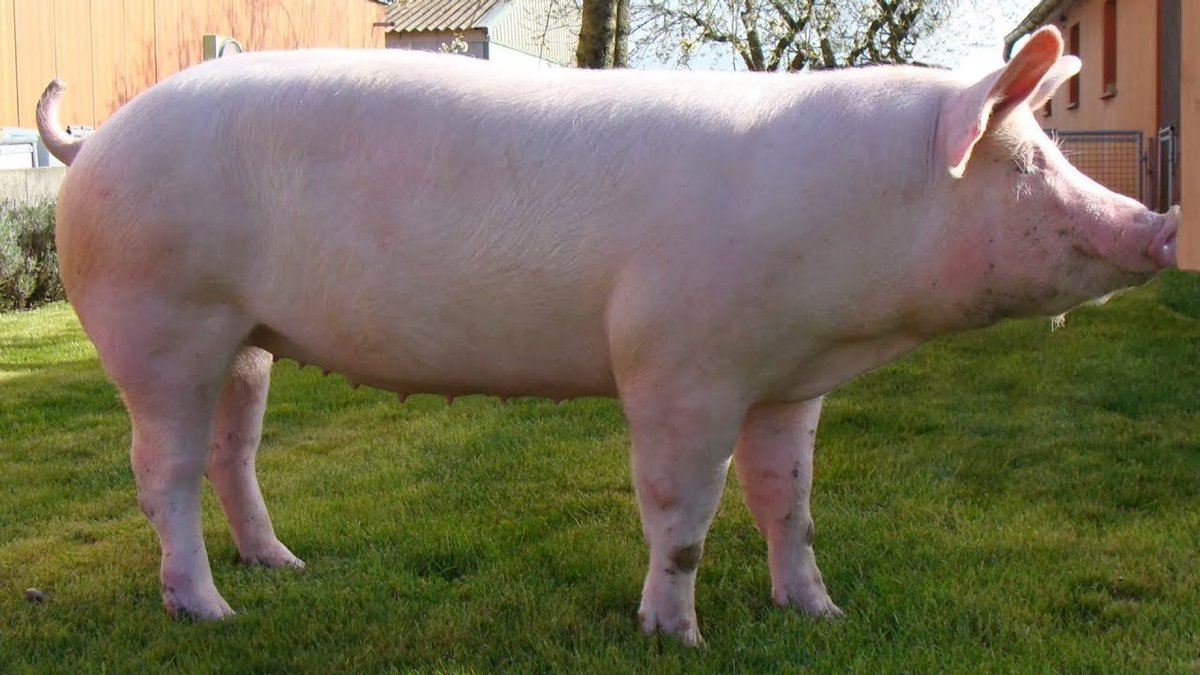
Breed 3: The berkshire
The pig I've personally worked with the most, the berkshire is a massive pig and popular for good reason. Their fat is known for superb marbling, and so it makes for some of the most delicious pork products, even before herbs and spices are added.



The pig I've personally worked with the most, the berkshire is a massive pig and popular for good reason. Their fat is known for superb marbling, and so it makes for some of the most delicious pork products, even before herbs and spices are added.
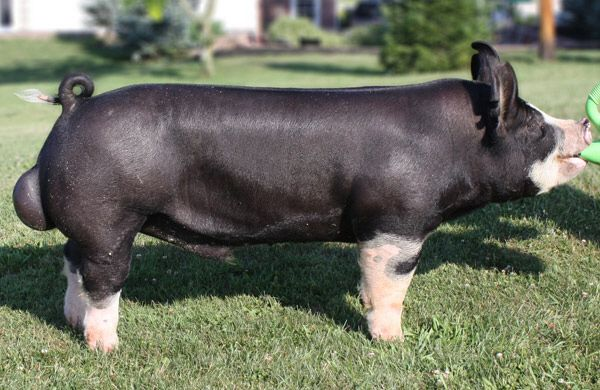
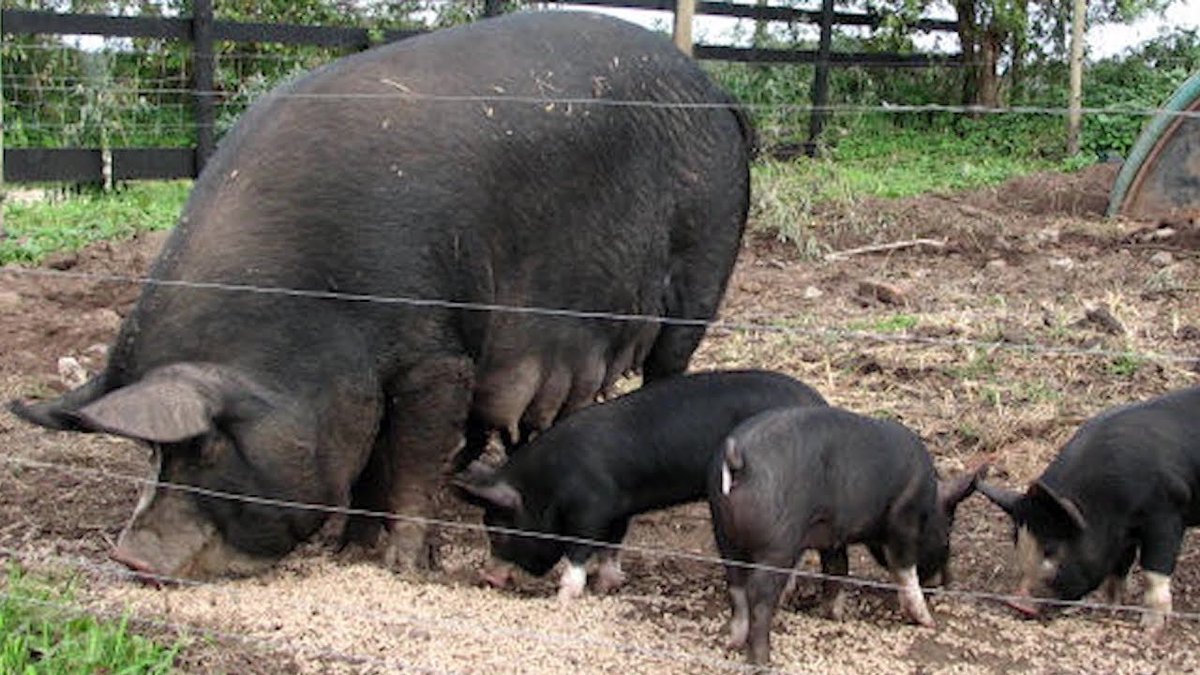
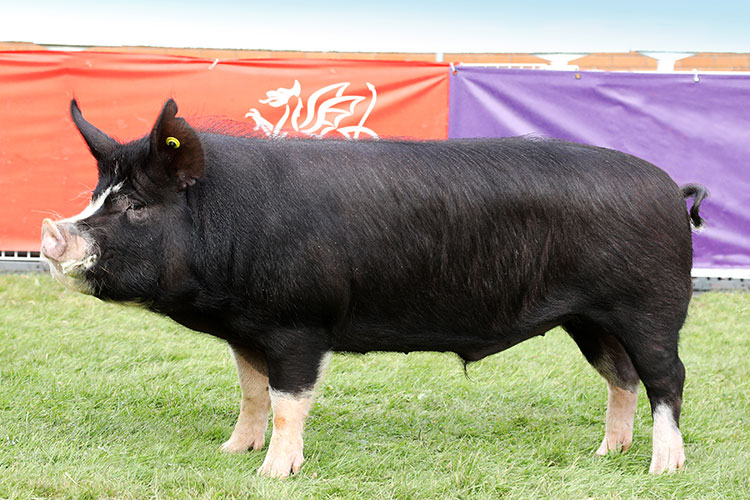
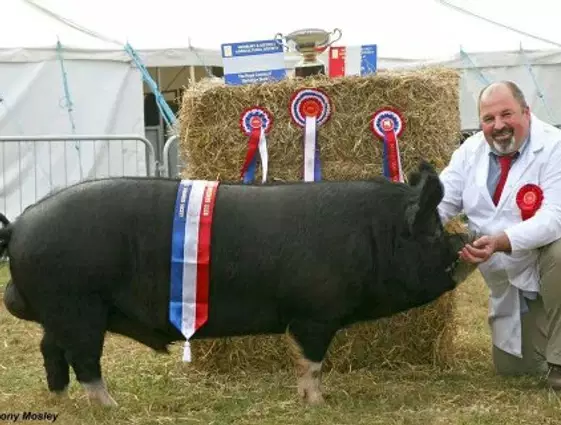
Breed 4: The landrace
The landrace pig is similar to the Yorkshire, but popular for different reasons. The pork is good, but the benefit of having a landrace is their superb ability to produce a lot of milk and thus mother many offspring.



The landrace pig is similar to the Yorkshire, but popular for different reasons. The pork is good, but the benefit of having a landrace is their superb ability to produce a lot of milk and thus mother many offspring.
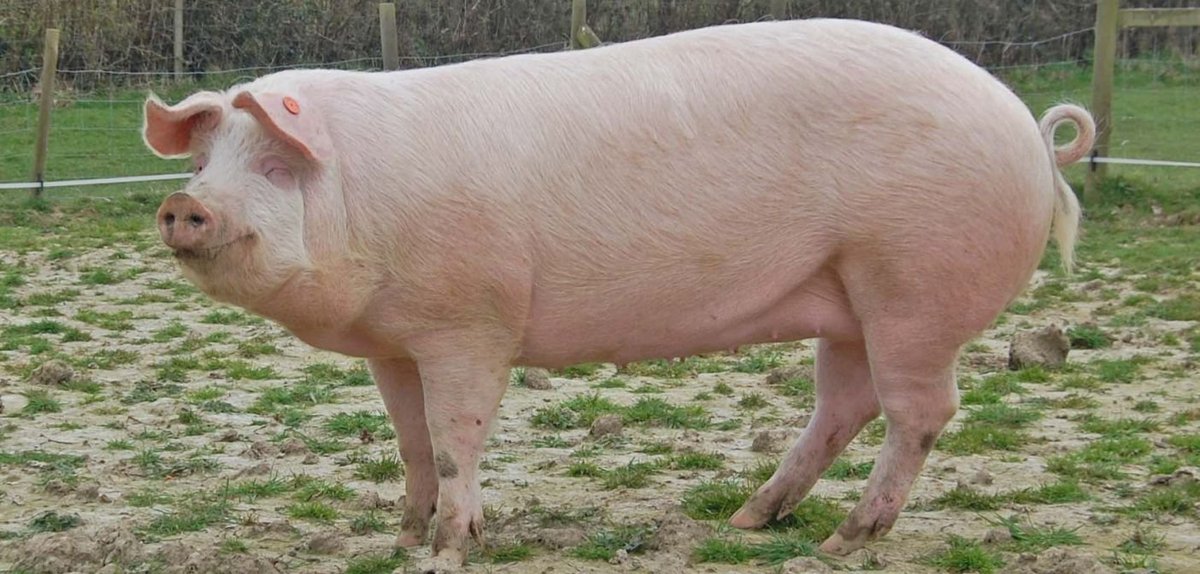
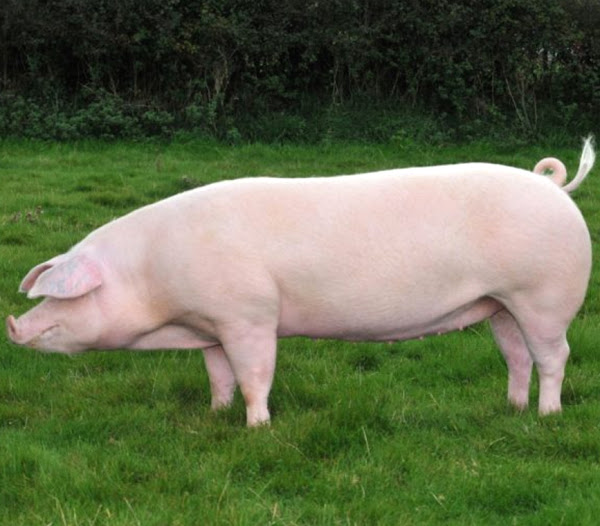

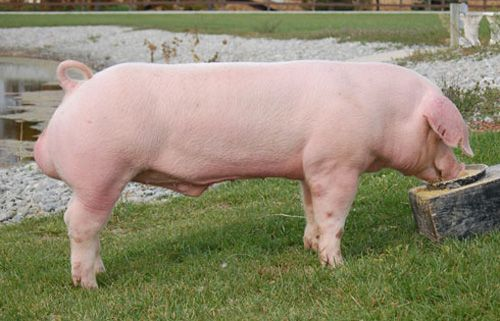
Breed 5: The meishan
Meishan pigs are becoming more popular with US farmsteaders due to their ability to produce many offspring. They are slow growers, but produce delicious pork due to fatty marbling. They come into puberty early for a pig.



Meishan pigs are becoming more popular with US farmsteaders due to their ability to produce many offspring. They are slow growers, but produce delicious pork due to fatty marbling. They come into puberty early for a pig.
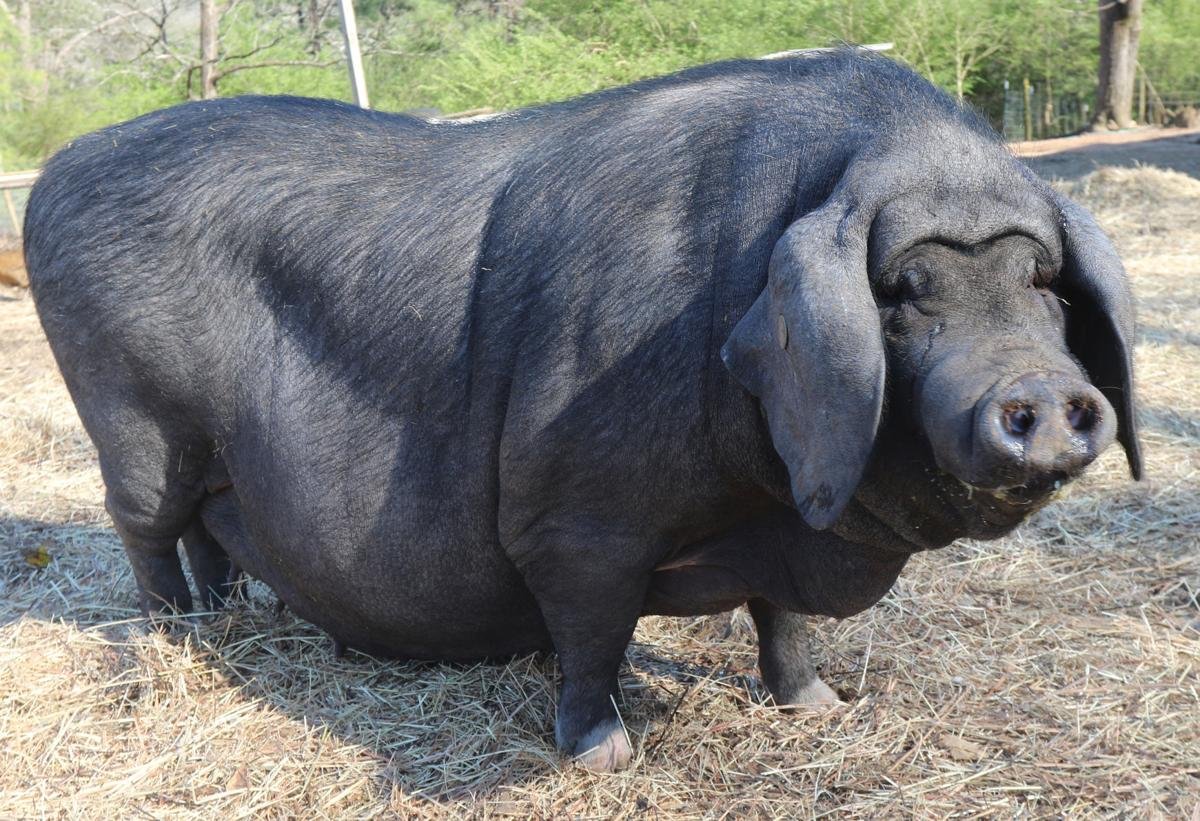
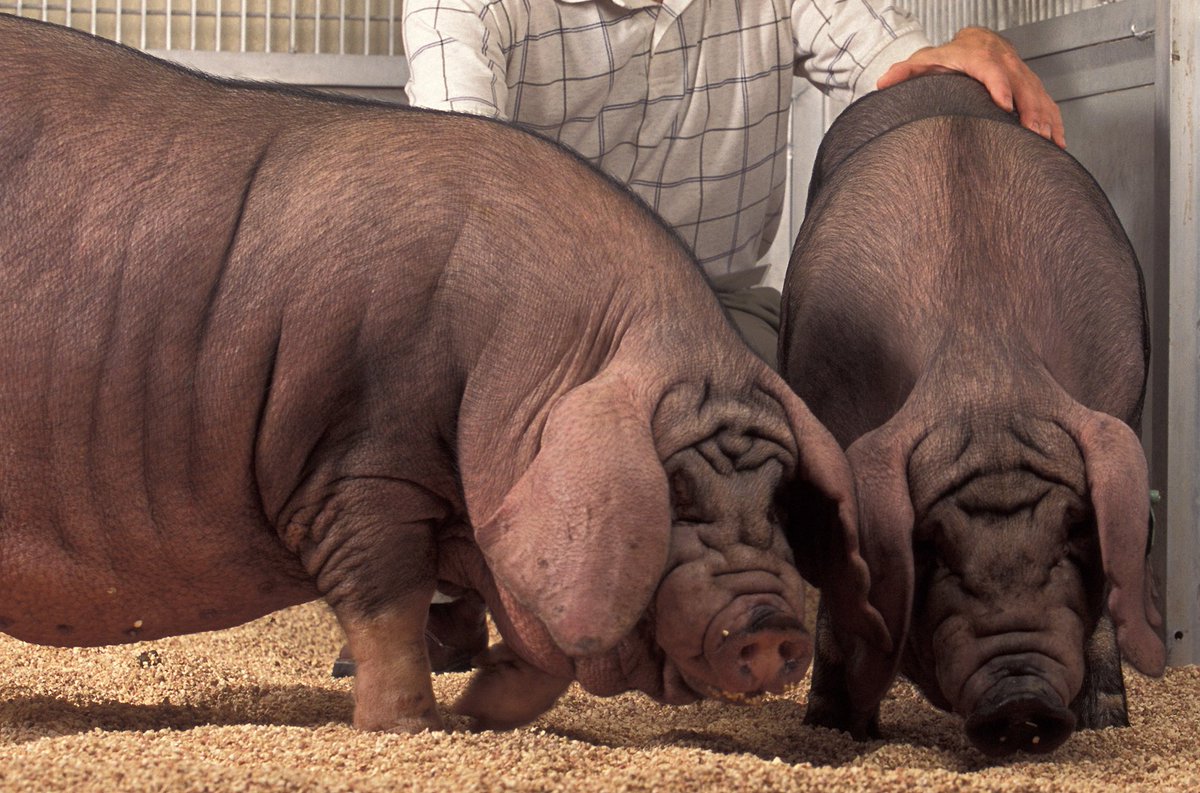
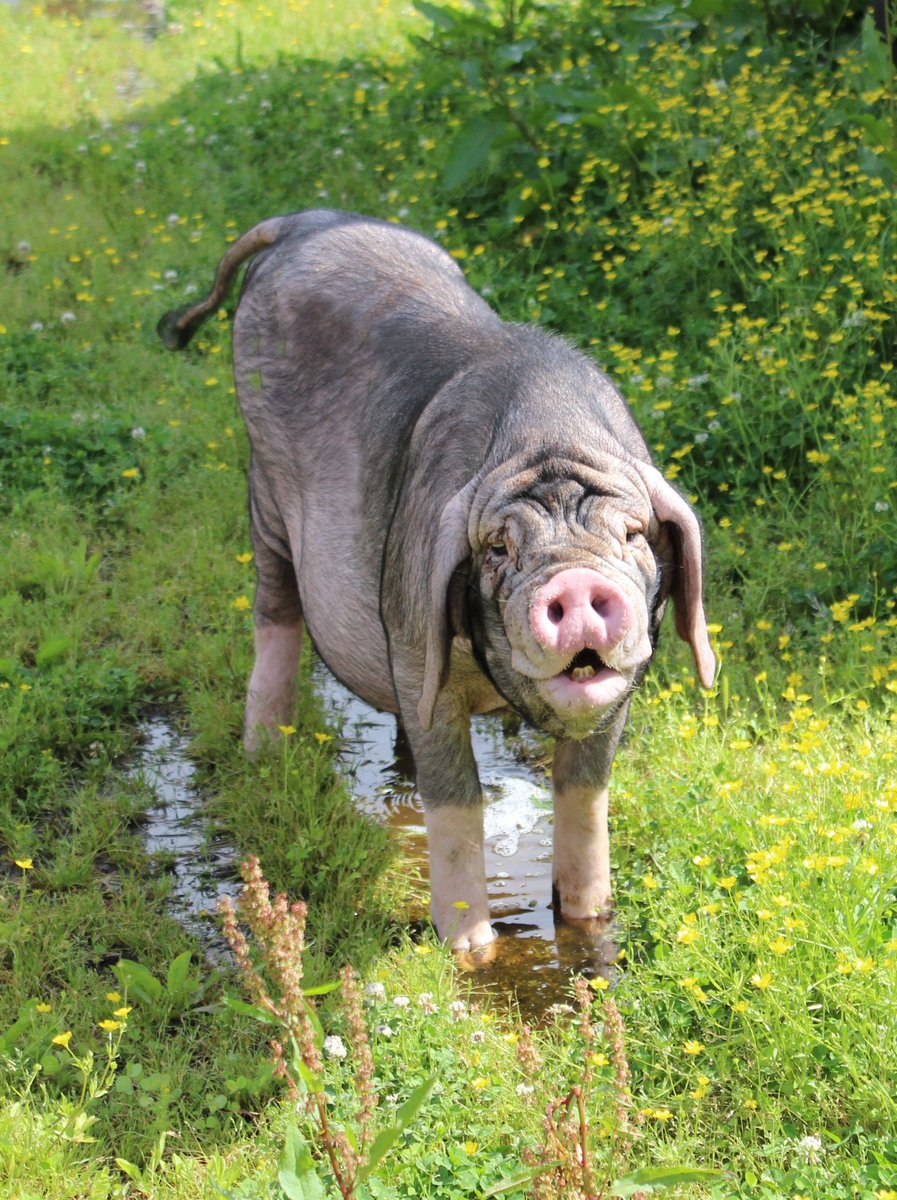
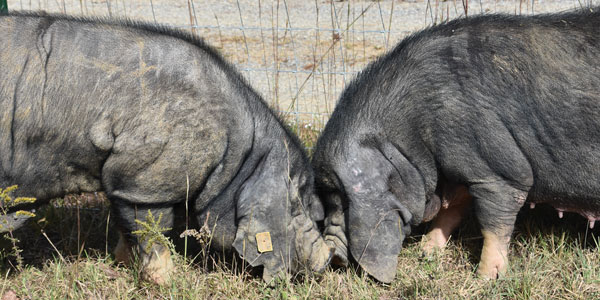
Breed 6: Chester white
The chester white pig is a good meat animal but most popular for its mothering abilities, which can extend to offspring with other pigs through mixed breeding. They are also quite hardy, making them good for the self sufficient farmer.



The chester white pig is a good meat animal but most popular for its mothering abilities, which can extend to offspring with other pigs through mixed breeding. They are also quite hardy, making them good for the self sufficient farmer.
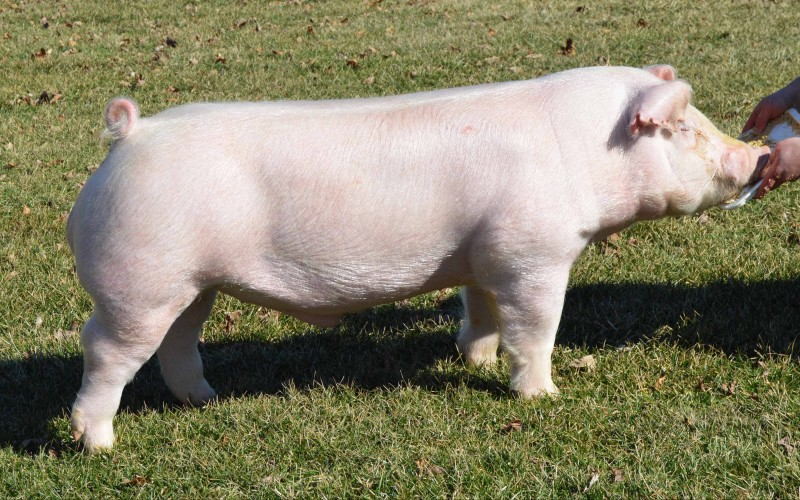
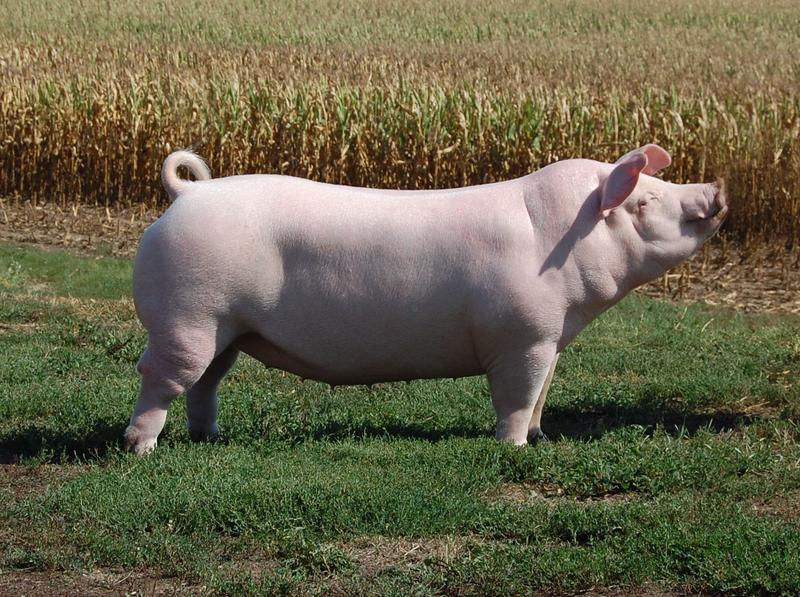
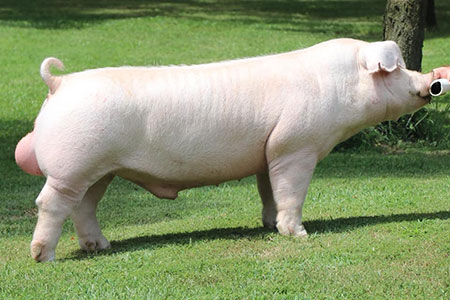
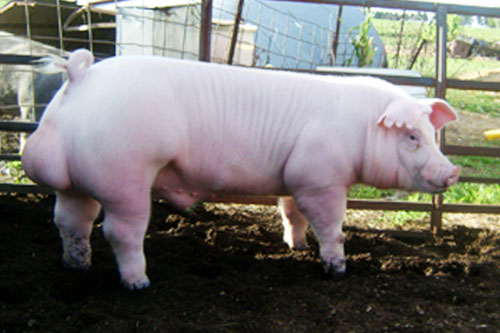
Breed 7: Hampshire
The Hampshire pig is another one I've personally worked with and extremely popular in the US. This is largely because the belted swine produce lean, high quality carcasses for butchering. Unfortunately, they can carry the gene for porcine stress syndrome.



The Hampshire pig is another one I've personally worked with and extremely popular in the US. This is largely because the belted swine produce lean, high quality carcasses for butchering. Unfortunately, they can carry the gene for porcine stress syndrome.
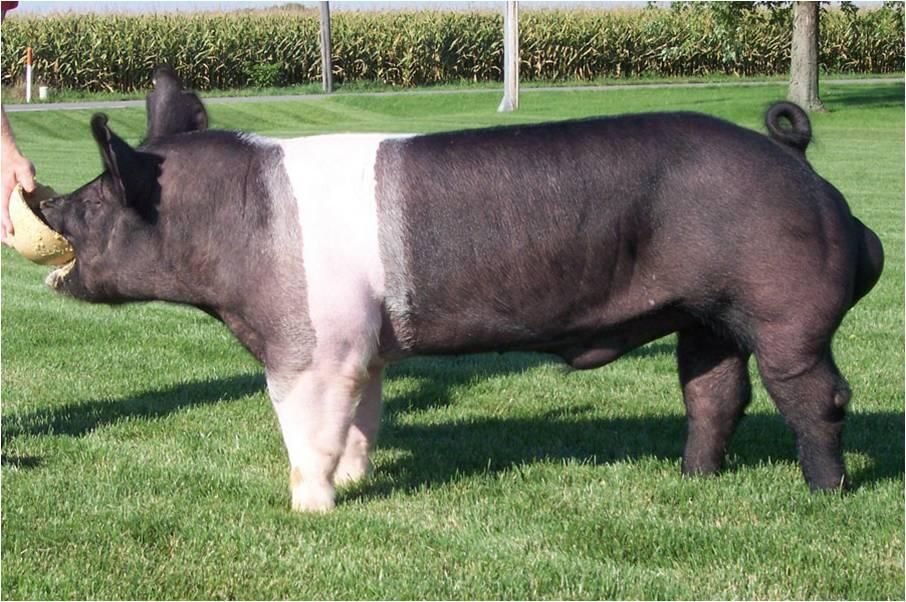
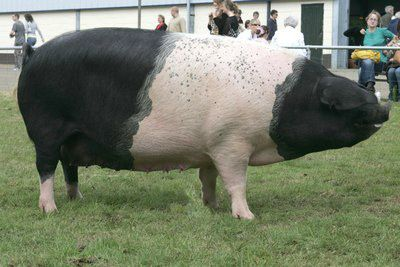
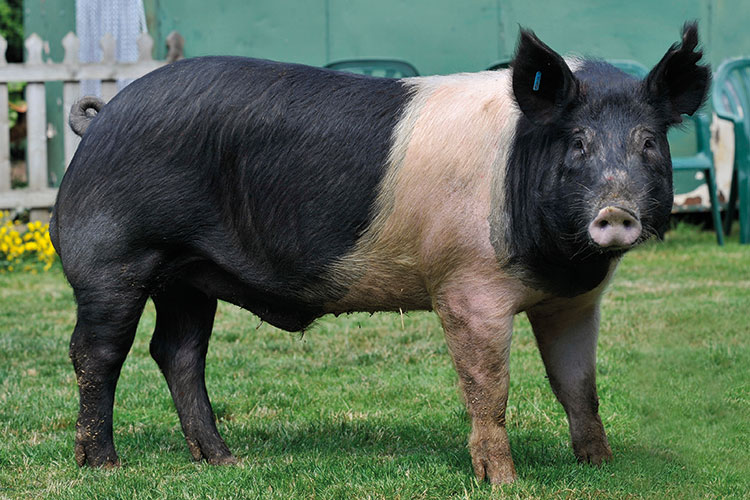
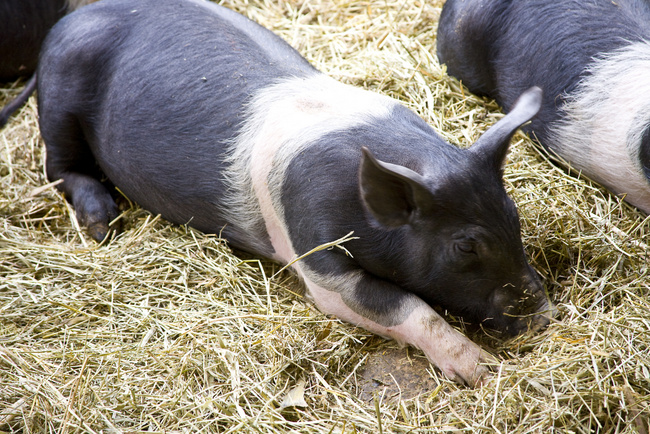
Breed 8: Pietrain
If you prefer lean meat, these meat pigs are the best option because they can produce a lot of it. Due to the pale skin, they need some shade and can carry porcine stress syndrome, but they are nonetheless iconic and popular meat pigs.



If you prefer lean meat, these meat pigs are the best option because they can produce a lot of it. Due to the pale skin, they need some shade and can carry porcine stress syndrome, but they are nonetheless iconic and popular meat pigs.
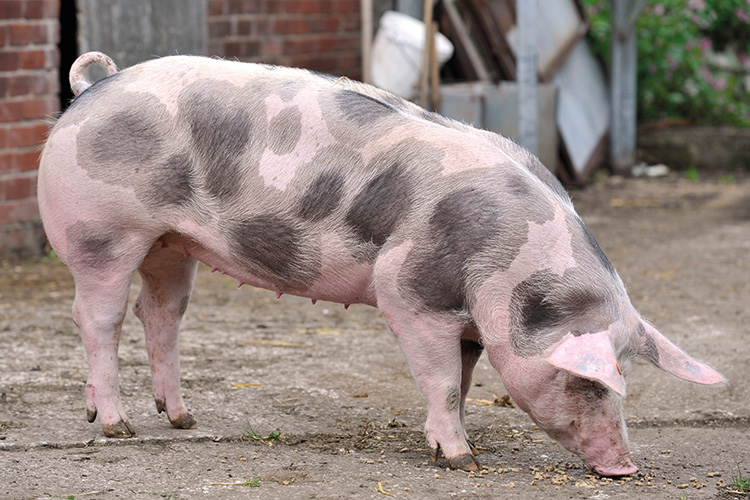
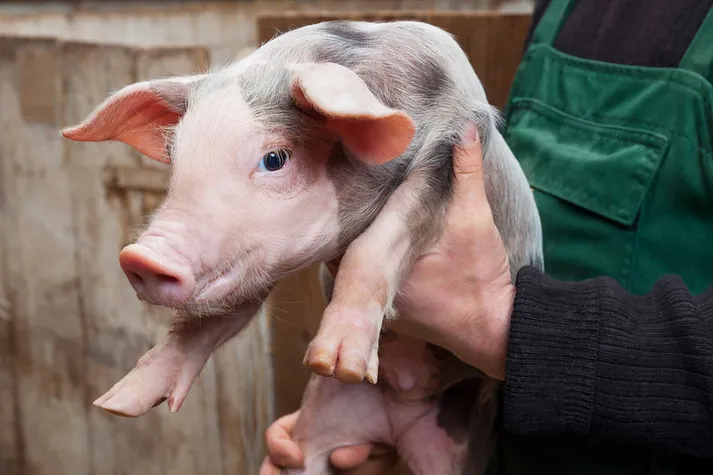
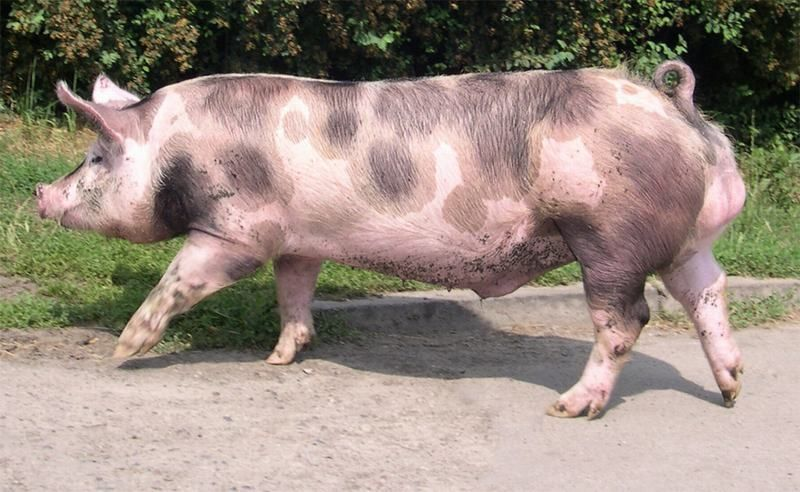
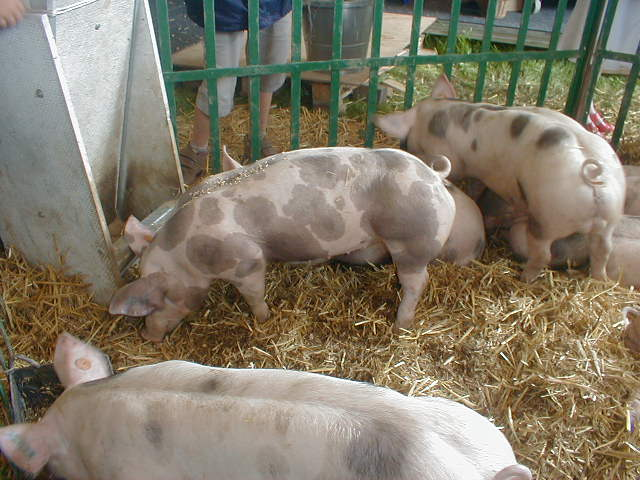
Breed 9: Hereford
These pigs are named due to their resemblance to Hereford cows, and are popular with farm and homesteaders due to their prolific reproduction and fattier meat cuts. They are quite pretty and a newer breed of pig.



These pigs are named due to their resemblance to Hereford cows, and are popular with farm and homesteaders due to their prolific reproduction and fattier meat cuts. They are quite pretty and a newer breed of pig.
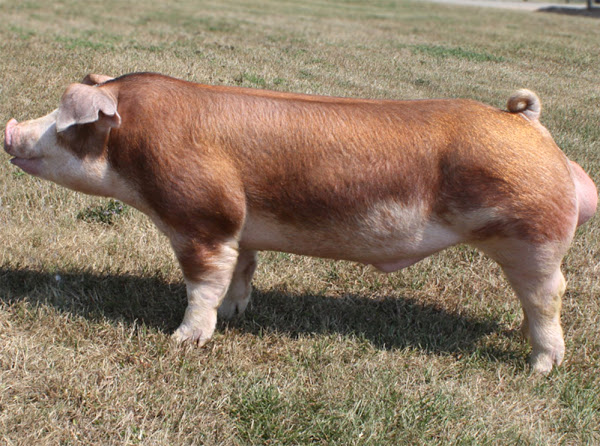
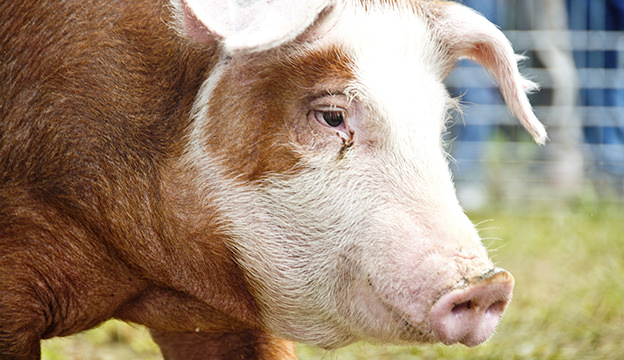
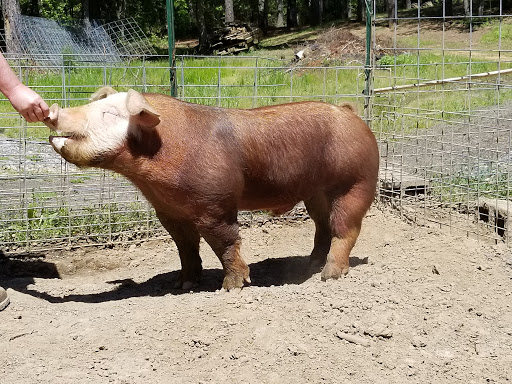
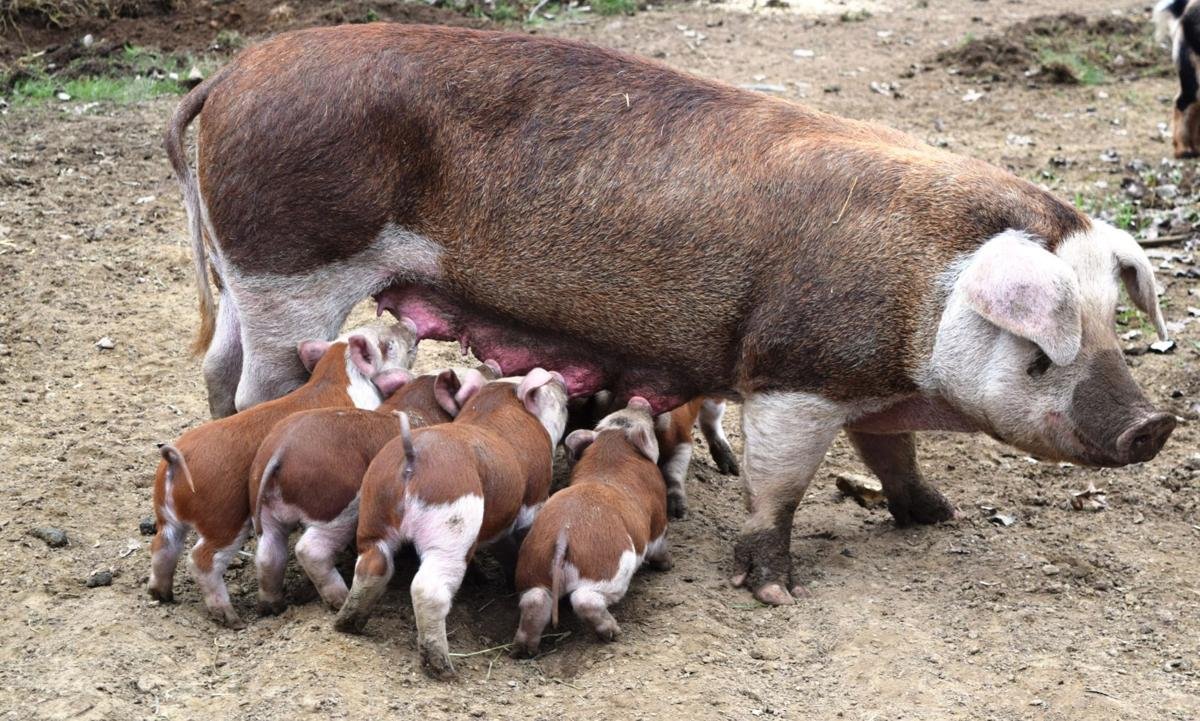
Breed 10: Tamworth
A light golden color, the Tamworth is an especially hardy and adaptable breed of pig that can flourish in a number of environments. They are possibly the oldest extant meat pig and are smaller than many other domestic breeds.



A light golden color, the Tamworth is an especially hardy and adaptable breed of pig that can flourish in a number of environments. They are possibly the oldest extant meat pig and are smaller than many other domestic breeds.
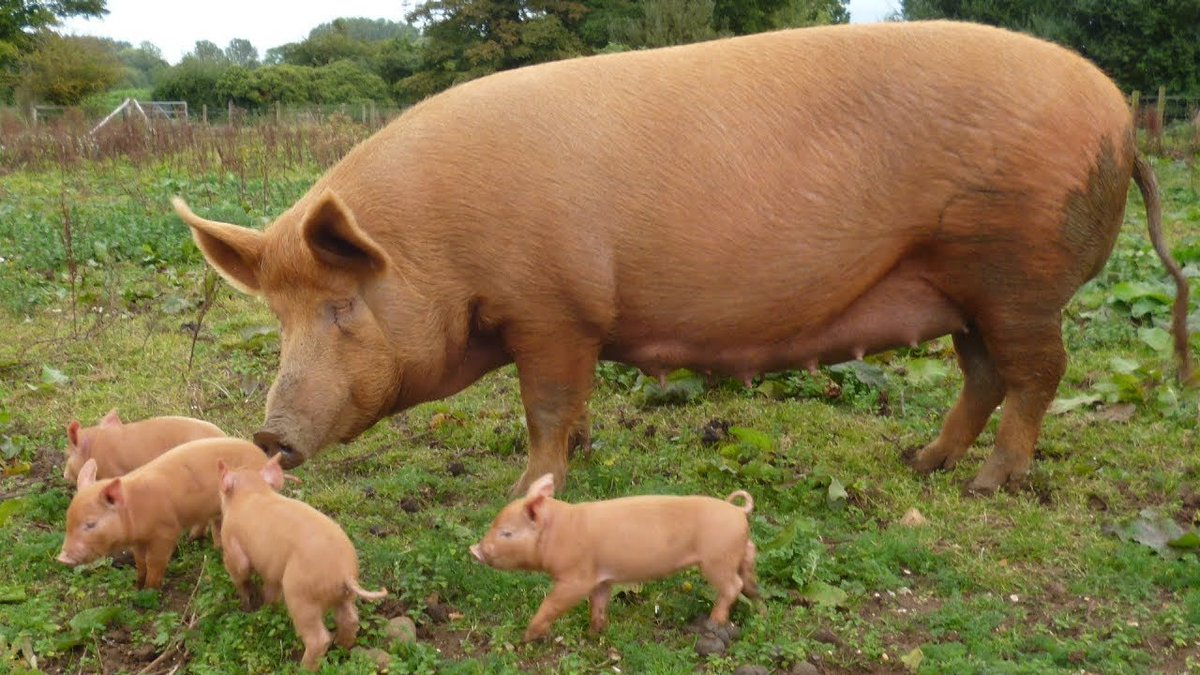

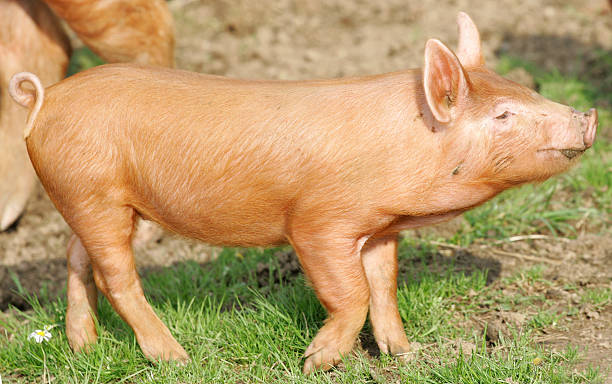

Breed 11: Mangalica
Sometimes called the "kobe beef of pork" this rare breed sources from Hungary. They are notable for their curly coat and despite their delicious meat, they produce too little for most large-scaled farms. They are particularly good for sausage.



Sometimes called the "kobe beef of pork" this rare breed sources from Hungary. They are notable for their curly coat and despite their delicious meat, they produce too little for most large-scaled farms. They are particularly good for sausage.
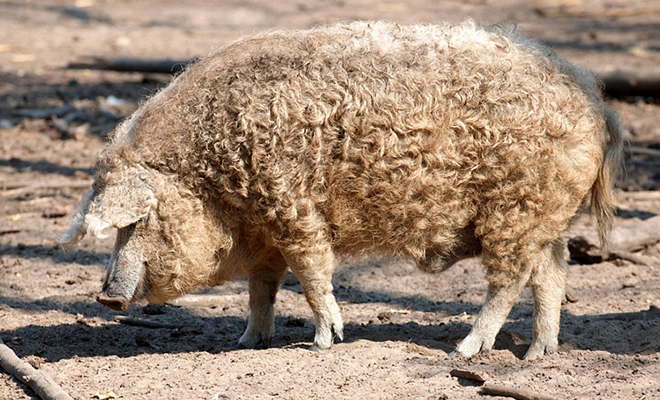
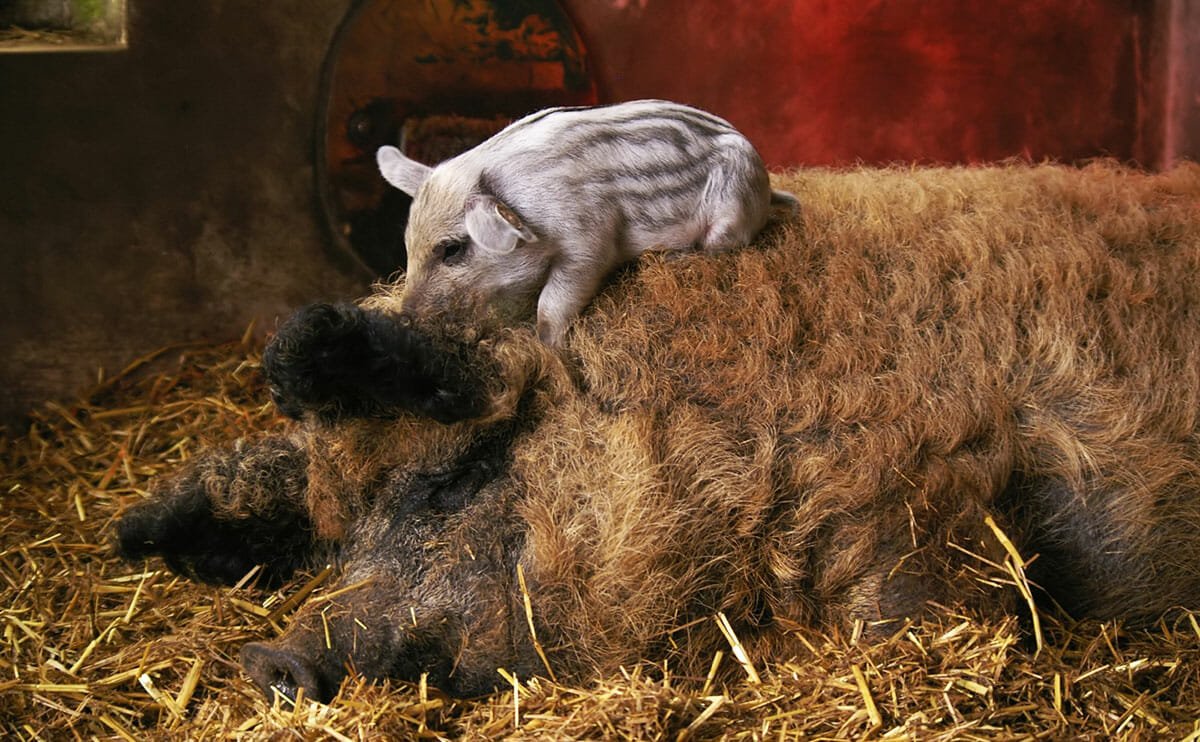
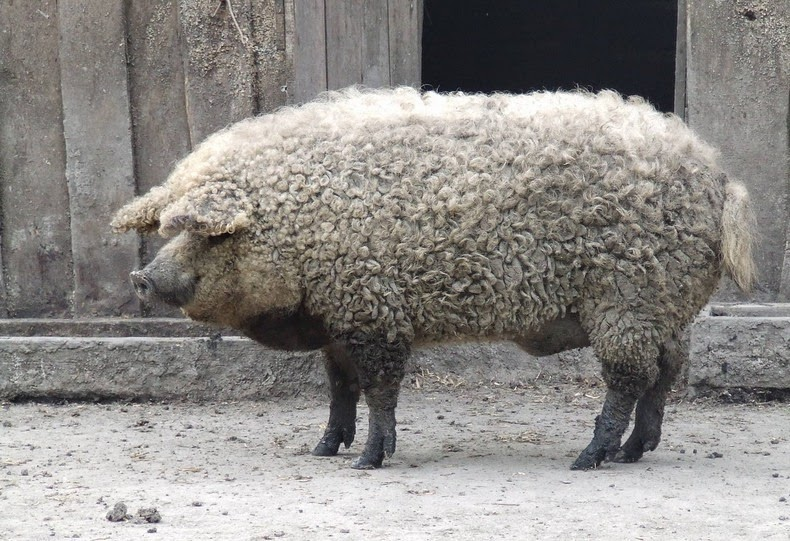
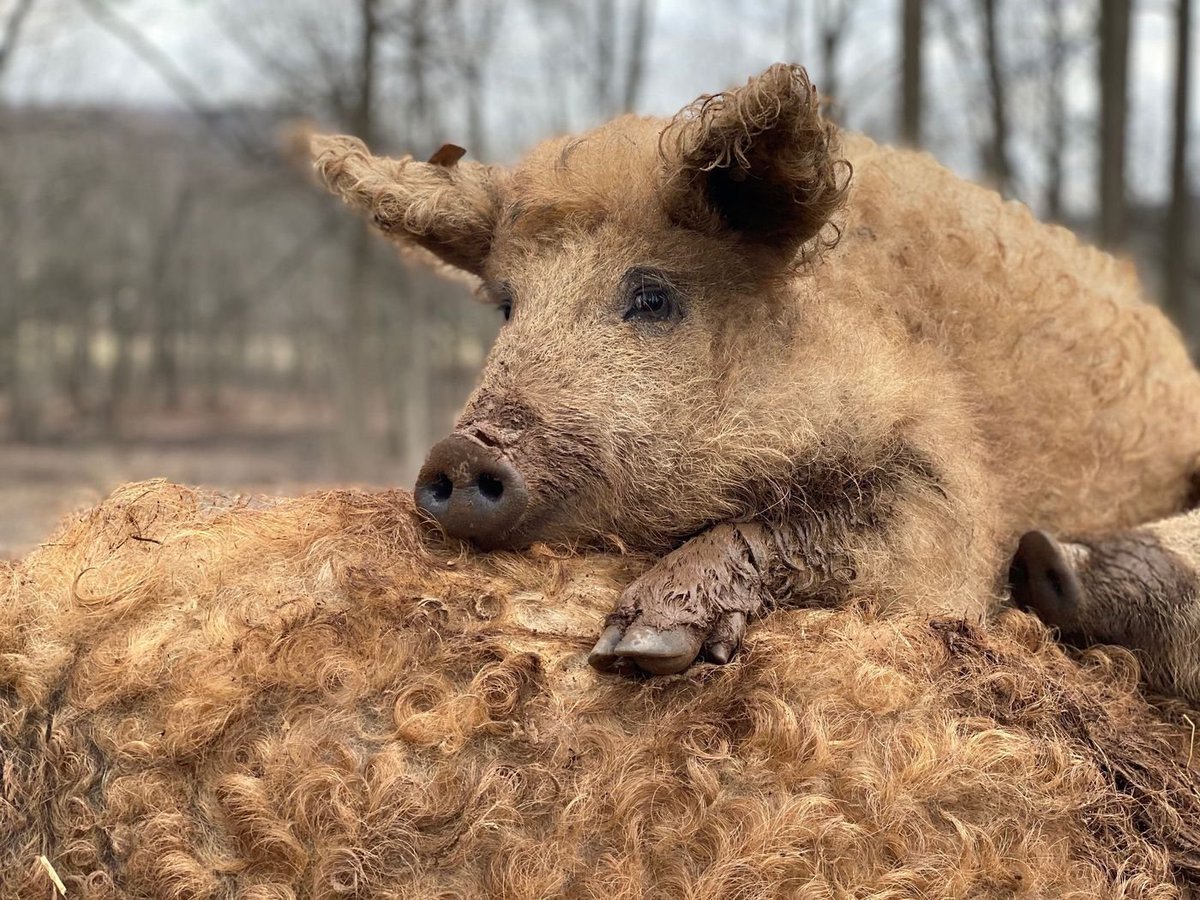
Breed 12: Danish protest pig
This breed was bred by Prussian-occupied Danes as an alternative to fly the then-banned Danish flag, sporting the colors of the red and white cross. They are not readily obtainable by farmers due to the fact that fewer than 200 exist today.



This breed was bred by Prussian-occupied Danes as an alternative to fly the then-banned Danish flag, sporting the colors of the red and white cross. They are not readily obtainable by farmers due to the fact that fewer than 200 exist today.
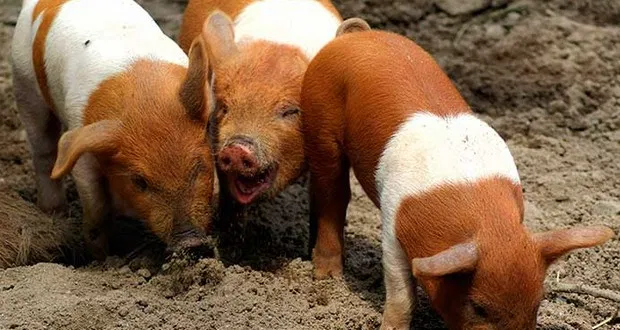

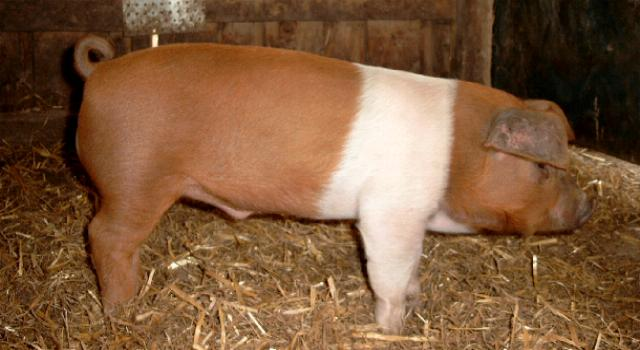
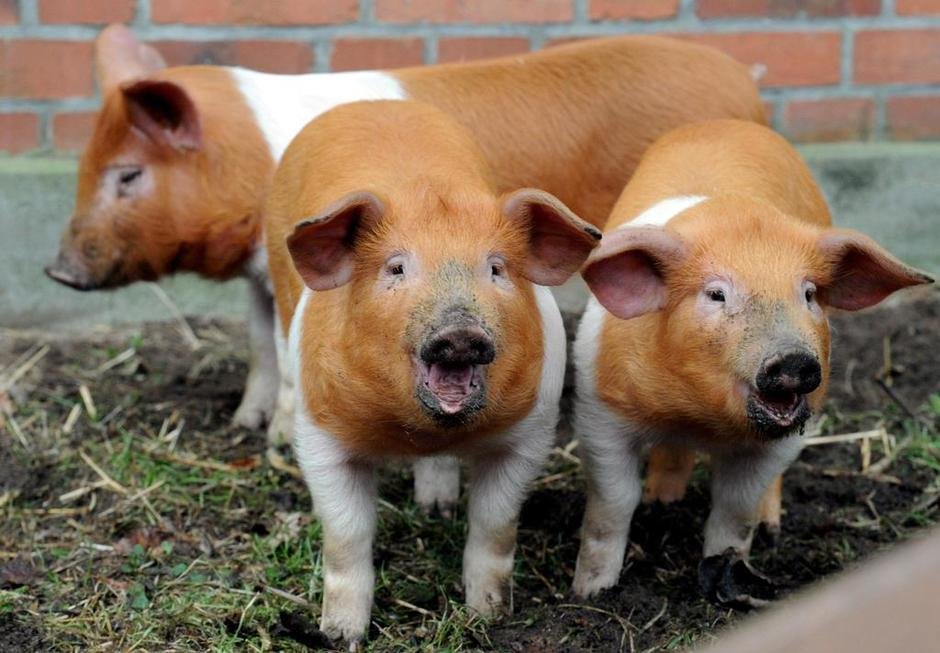
Breed 13: the American guinea hog
Rather than be raised for meat, guinea hogs are a small breed kept as pets, but also for their habit of self-foraging and eating snakes, which can protect other animals on a farm. They are among the most popular pet hogs.



Rather than be raised for meat, guinea hogs are a small breed kept as pets, but also for their habit of self-foraging and eating snakes, which can protect other animals on a farm. They are among the most popular pet hogs.
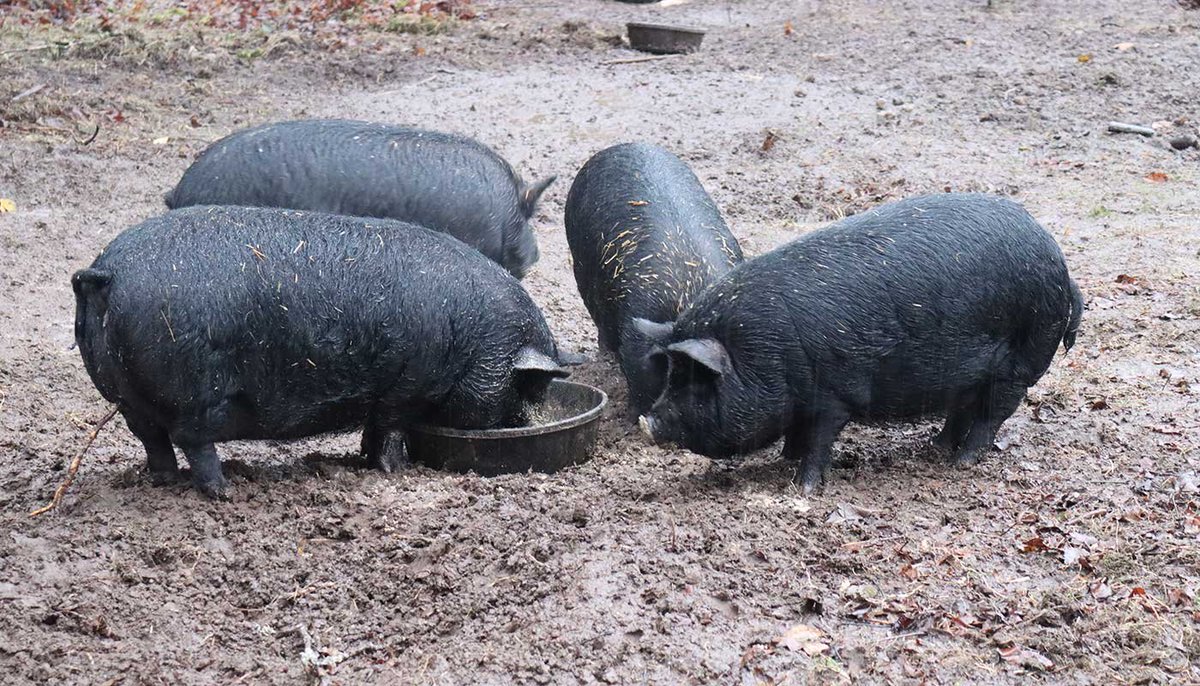
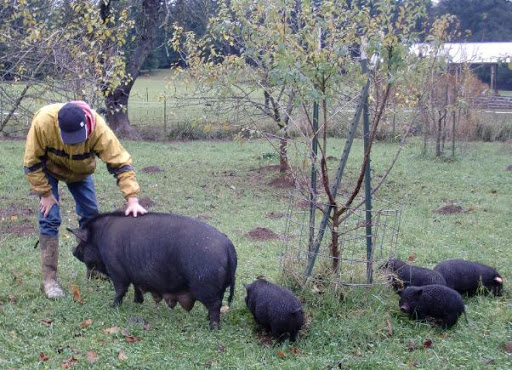
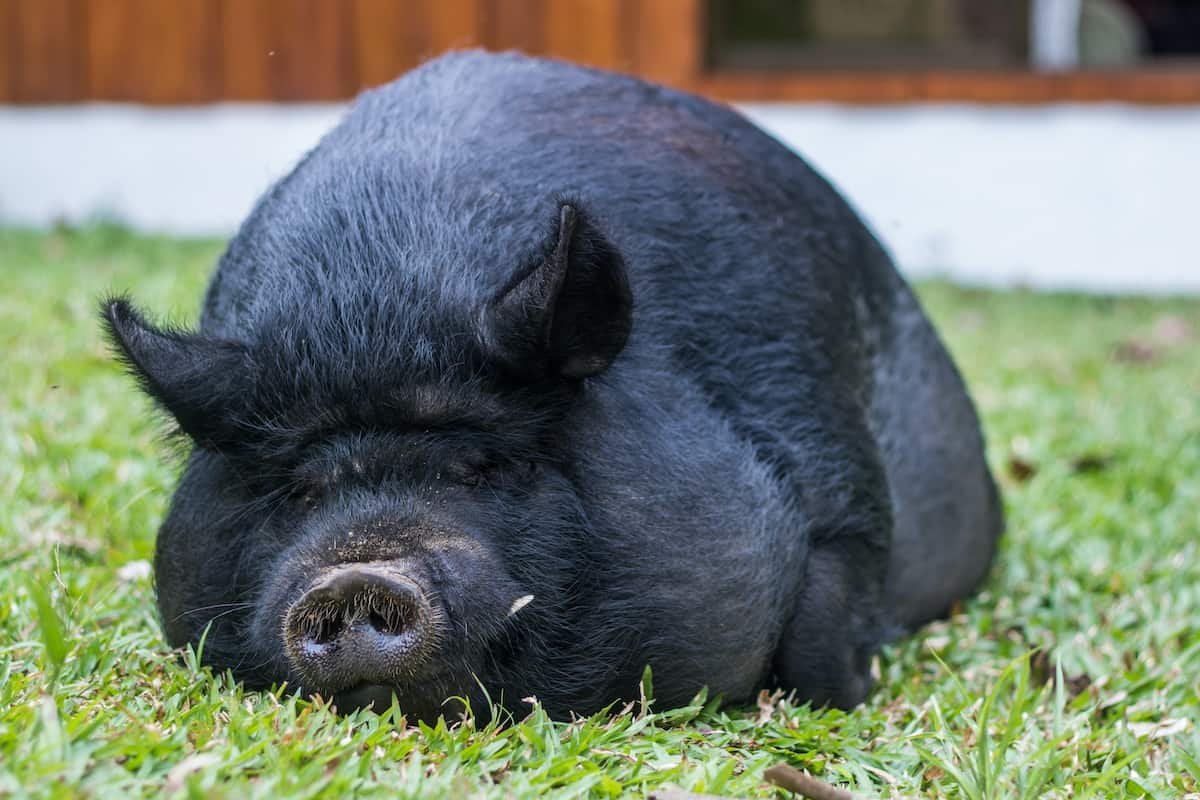
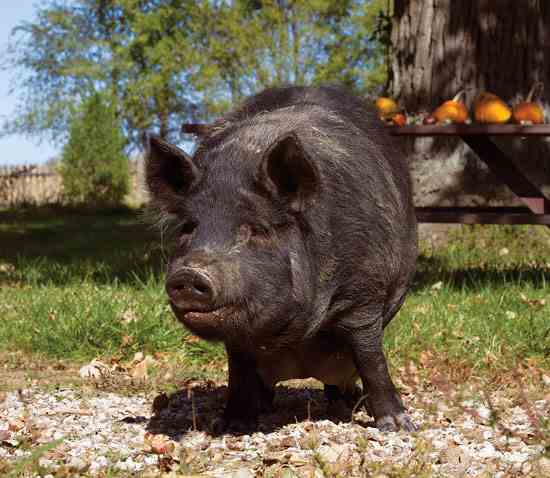
Breed 14: Vietnamese pot-bellied
Though most popular as pets, these pigs are technically edible and self forage. Regardless, they are among the most popular pigs kept for purely recreational purposes, so much so that it has become an invasive species in Spain.



Though most popular as pets, these pigs are technically edible and self forage. Regardless, they are among the most popular pigs kept for purely recreational purposes, so much so that it has become an invasive species in Spain.
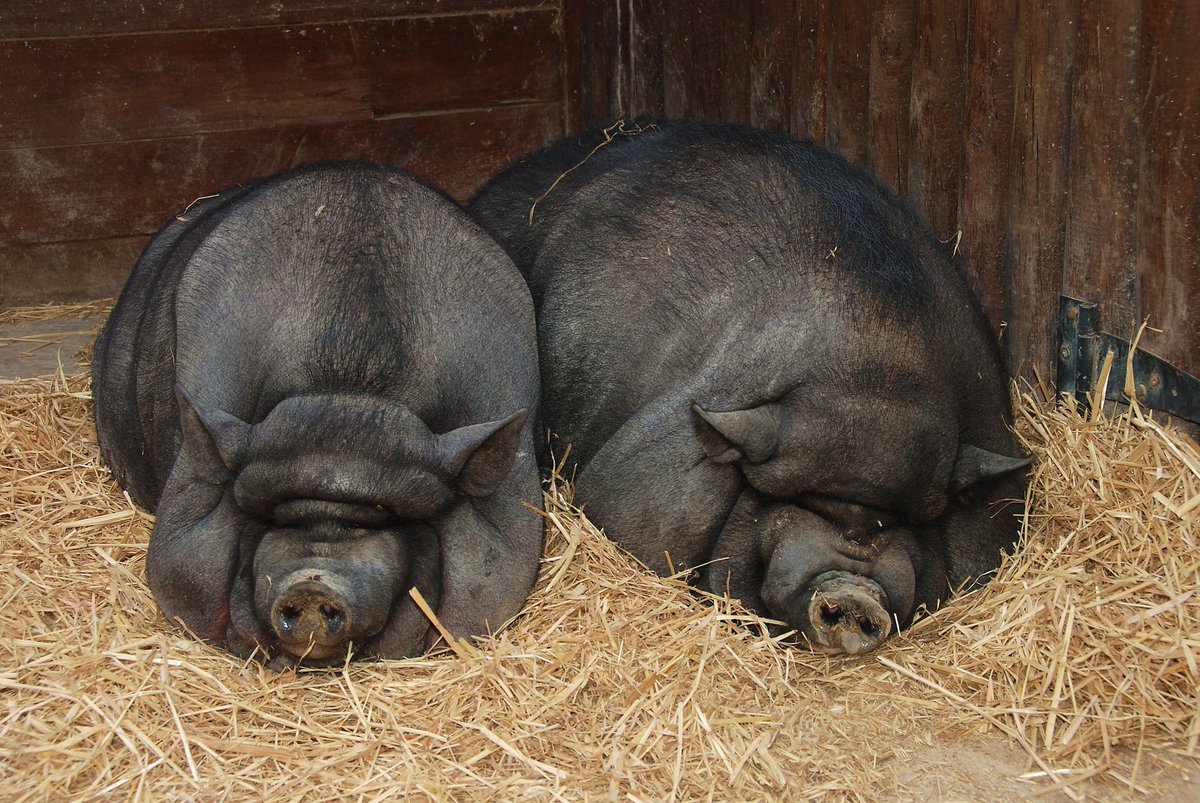
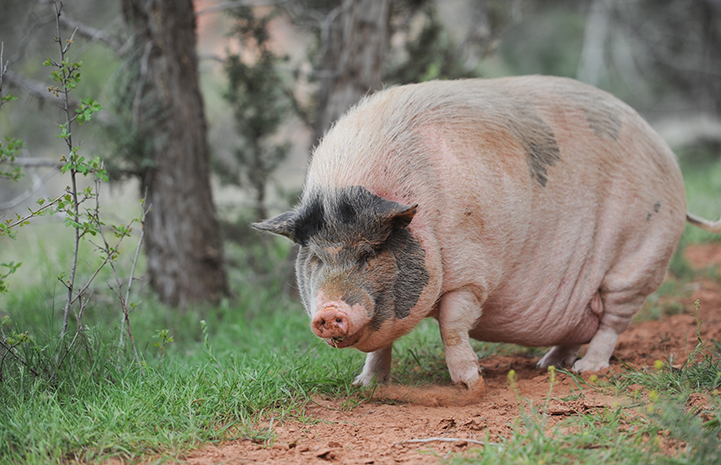
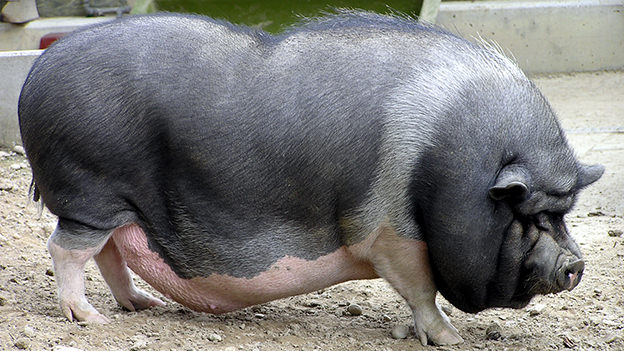
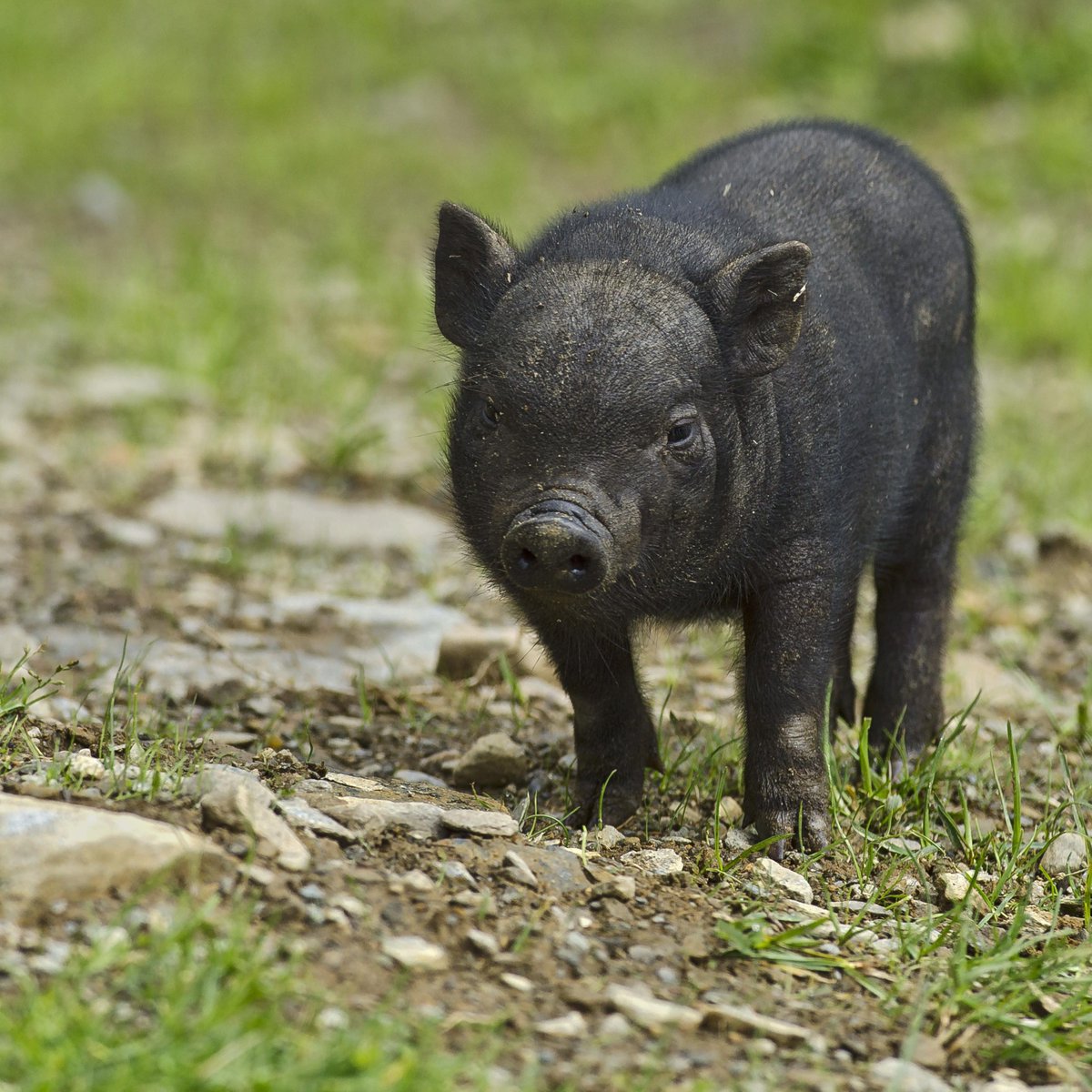
• • •
Missing some Tweet in this thread? You can try to
force a refresh



